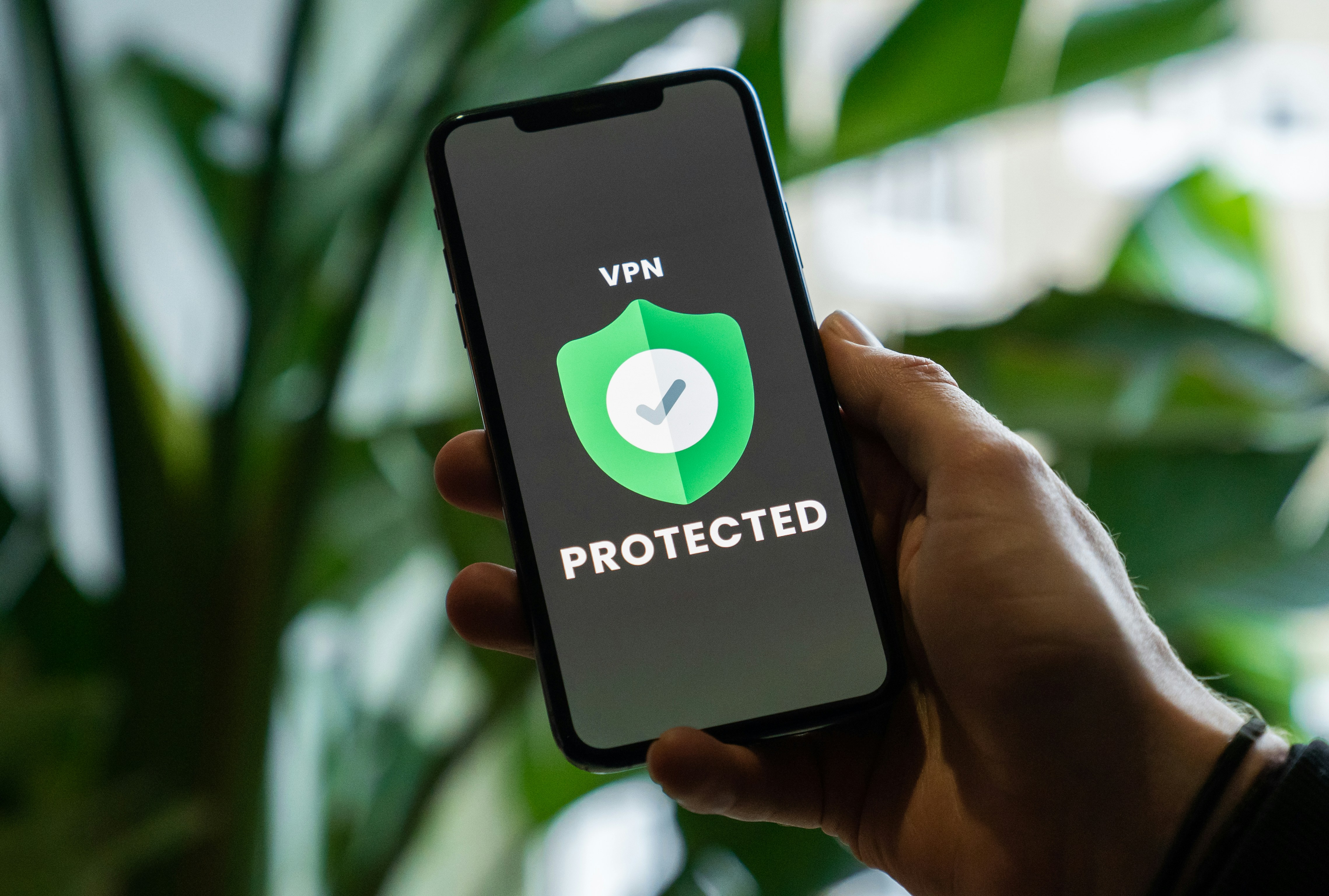
What is the purpose of network security authentication function? Actually, it is essential for maintaining a secure and reliable digital environment in organizations. It serves as a protective layer to ensure only authorized individuals can access sensitive data and systems. This article will explore the purpose of network security authentication, its importance, and various authentication methods.
Table of Contents
The Importance of Network Security Authentication
Network security authentication is important for several reasons:
- Prevent unauthorized access: It ensures that only authorized individuals can gain access to sensitive data and systems, reducing the risk of data breaches and cyber threats.
- Access control: Authentication methods are used to control who can access specific resources, ensuring that only authorized individuals have access to sensitive information.
- Protect sensitive data: By verifying the identity of users, network security authentication helps to protect against potential threats.
- Reduce the risk of unauthorized access: Requiring users to prove their identity through authentication measures reduces the risk of unauthorized access to systems and data.
Although, network security authentication is important, a user must understand the purpose of general network security.
What is the Purpose of Network Security Authentication Function And Network Security
The purpose of network security is to protect the confidentiality, integrity, and availability of data and systems. Network security measures are put in place to prevent unauthorized access, data breaches, and cyber threats. Network security authentication is a critical component of network security, as it ensures that only authorized individuals can access sensitive data and systems.
Types of Authentication Methods
There are several authentication methods available, each with its own strengths and weaknesses. Some of the most common authentication methods include:
- Multi-factor authentication: This method requires users to provide two or more forms of identification, such as a password and a fingerprint, to verify their identity.
- Strong authentication: This method involves using a combination of factors, such as something the user knows (password), something the user has (smart card), and something the user is (biometric data), to verify their identity.
- Biometric authentication: This method uses unique biological characteristics, such as fingerprints or facial recognition, to verify a user’s identity.
- Two-factor authentication: This method requires users to provide two forms of identification, such as a password and a code sent to their phone, to verify their identity.

The Role of Network Security Authentication in Safeguarding Against Cyber Threats
Network security authentication plays a significant role in safeguarding against cyber threats. To learn more about cyber threats, read our articles in Part 1 and Part 2. By implementing strong authentication measures, organizations can protect their systems and data from potential attacks. For example, a study by the Ponemon Institute found that implementing multi-factor authentication can reduce the risk of data breaches by 99%. See below some recent case studies about network security authentication.
Case Studies and Statistics
Several case studies and statistics highlight the importance of network security authentication:
- Yahoo: In 2013, Yahoo suffered a data breach that exposed the personal information of over 3 billion users. The breach was caused by weak passwords and a lack of multi-factor authentication.
- Equifax: In 2017, Equifax had a data breach that exposed the personal information of more than 143 million users. The breach was due to a vulnerability in the company’s Apache Struts web application framework.
- SolarWinds: In 2020, SolarWinds suffered a data breach that affected more than 18,000 of its customers. The breach was caused by a vulnerability in the company’s Orion platform.
The Impact of Network Security Authentication on User Experience
While network security authentication is crucial for maintaining a secure digital environment, it can also impact user experience. Users may find it frustrating to constantly provide multiple forms of identification or to remember complex passwords. This can lead to a decrease in user engagement and satisfaction.
Balancing Security and User Experience
To balance security and user experience, organizations can implement the following strategies:
- Educate users: Provide users with clear instructions on how to use modern authentication methods and the importance of strong passwords. Also, educate people on the importance of protecting sensitive data.
- Simplify authentication: Implement authentication methods that are easy to use and understand, such as biometric authentication or single sign-on.
- Provide options: Offer users multiple authentication options to choose from, allowing them to select the method that best suits their needs and preferences.
Best Practices for Network Security Authentication
To ensure the effectiveness of network security authentication, organizations should follow these best practices:
- Implement multi-factor authentication: Require users to provide two or more forms of identification to verify their identity.
- Use strong authentication: Combine factors such as passwords, smart cards, and biometric data to create a strong authentication process.
- Regularly update authentication methods: Keep authentication methods up-to-date to protect against new threats and vulnerabilities.
- Educate users: Provide users with clear instructions on how to use authentication methods and the importance of strong passwords.
- Monitor authentication logs: Regularly review authentication logs to detect and respond to potential security threats.
The Future of Network Security Authentication
As technology continues to evolve, network security authentication is also expected to change. Some potential developments in the field include:
- Blockchain-based authentication: Blockchain technology could be used to create a decentralized authentication system that is more secure and efficient.
- Behavioral biometrics: This method uses user behavior, such as typing speed and mouse movements, to verify their identity.
- Zero-trust authentication: This approach assumes that all users and devices are potential threats and requires continuous authentication to ensure security.
Conclusion
In conclusion, network security authentication is a crucial aspect of maintaining a secure and reliable digital environment. By implementing strong authentication measures, organizations can protect their systems and data from potential threats. However, it is essential to balance security with user experience to ensure that users remain engaged and satisfied. As technology continues to evolve, network security authentication is expected to change, and organizations must stay up-to-date with these developments to maintain a secure digital environment.
FAQs
What is the purpose of network security authentication?
The purpose of network security authentication is to ensure that only authorized individuals can access sensitive data and systems, reducing the risk of data breaches and cyber threats.
What are the different types of authentication methods?
Some of the most common authentication methods include multi-factor authentication, strong authentication, biometric authentication, and two-factor authentication.
How does network security authentication help in safeguarding against cyber threats?
Network security authentication helps in safeguarding against cyber threats by verifying the identity of users and controlling who can access specific resources.
What are some examples of data breaches caused by weak authentication?
Examples of data breaches caused by weak authentication include the Yahoo and Equifax data breaches.
How can organizations implement strong authentication measures?
Organizations can implement strong authentication measures by using a combination of factors, such as something the user knows (password), something the user has (smart card), and something the user is (biometric data), to verify their identity.


Pingback: Network Security Authentication Function: Importance and Implementation